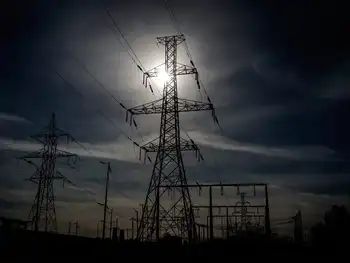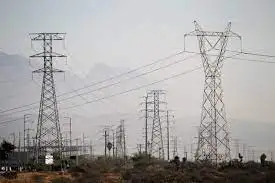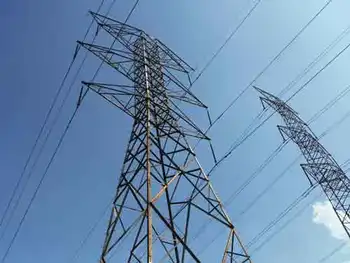Why so much noise about wind?
By Globe and Mail
CSA Z462 Arc Flash Training - Electrical Safety Essentials
Our customized live online or in‑person group training can be delivered to your staff at your location.

- Live Online
- 6 hours Instructor-led
- Group Training Available
Some prefer the cheapest option, while others look at the long-term investment. But choices about public health and the environment have far-reaching consequences. This is why our choice of energy sources is so important. We must consider the full implications of all the options in order to make an informed decision.
Ontario is weaning itself from its addiction to coal, due to the high health costs. Every year, according to the Ontario Medical Association, the province's coal plants kill 668 people while causing 1,100 emergency-room visits and more than 300,000 minor illnesses. For hundreds of thousands of people, this is real suffering.
These costs are not factored into electricity bills.
As for nuclear, estimates of the potential suffering and loss of life in a disaster are horrifying. The cost of even one nuclear disaster would have health and financial implications beyond any comparable tragedy in Ontario history. Fortunately, the threats from nuclear and the health costs of coal are avoidable.
The solution is not a new one. For centuries, energy from the sun and wind has been powering human societies, and these sources continue to fuel the modern lives of people around the world. Ontario can play a major role in mainstreaming these technologies in North America.
Through the new Green Energy Act, Ontario has chosen to pursue an aggressive renewable-energy policy, recognizing that renewable energy will fuel the world's future economy. But the act itself has recently come under attack. Unjustifiably, wind turbines are becoming public health enemy Number 1.
We would like to set the record straight on the main health-related objection to turbines: noise.
Yes, noise is a health concern. At certain levels (such as jet engines or heavy industrial machinery), it can be harmful. At lower levels (such as highway traffic or incessant cricket chirping), it can be an annoyance. It also plays an important role in the background (such as when wind rushes through trees). As a society, we must balance the public good with the threat to public health and the environment.
Turbine blades and moving parts do create noise. But how noisy is too noisy?
In Ontario, public health is protected from wind turbine noise by government guidelines. The Ministry of the Environment has set a maximum allowable level for turbine sound, based on the best available information. These guidelines restrict turbines to noise levels similar to those of a quiet room in surrounding homes. This typically results in residential setbacks of 400 metres, which allow for the use of these technologies without unnecessary suffering for those living around them.
While the ministry has recently proposed to increase these minimum setbacks to 550 metres, there are those who argue, unscientifically, that two-kilometre setbacks are necessary. This seems overly restrictive compared to the 50-metre setbacks required for Ontario highways, which are significantly more dangerous to public health and the environment, and often noisier.
Turbine opponents argue that ultra-high-frequency noise travels farther than audible sound, often quoting a study from England's Keele University. Wind opponents conveniently ignore the study author's rebuttal to claims that this noise is audible to humans. Peter Styles, author and former president of the Geological Society of London, has written that infrasound generated by wind turbines “can only be detected by the most sensitive equipment, and again this is at levels far below that at which humans will detect the low-frequency sound.”
The fact remains that there is no peer-reviewed scientific evidence to suggest that wind turbines are themselves harmful to human health. A handful of Ontario MDs have made assertions to the contrary, insisting that anecdotal evidence from studies with non-representative samples constitute binding and thorough research. Fortunately, others in the province's medical profession have been less susceptible to these arguments. David Colby, acting medical officer of health for Chatham-Kent, recently observed that, “Although opposition to wind farms on aesthetic grounds is a legitimate point of view, opposition to wind farms on the basis of potential adverse health consequences is not justified by the evidence.”
This is not to say that noise is not a nuisance or that it won't cause undue stress if turbines are improperly sited. Indeed, the setbacks exist to protect public health and must be maintained. More health studies will be important, we may never fully understand the effects on health and the environment. We must use our current understanding to make the best decision when a choice needs to be made.
The time for that choice is now. Do we allow our health to suffer by continuing to rely on coal? Do we gamble on nuclear? Or do we choose a less harmful path toward renewable energy? How do we compare a simple annoyance and obstructed views with the suffering of hundreds of thousands? Our diagnosis is clear - Ontario needs renewable energy, including wind turbines.











